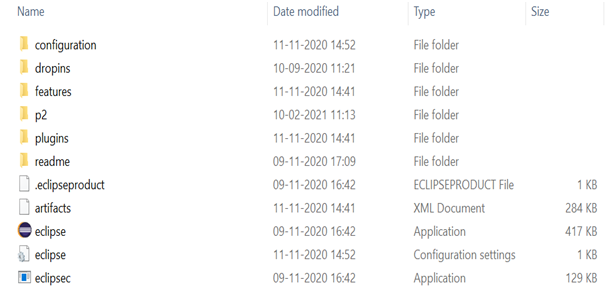Java has a plethora of integrated development environments (IDEs). These IDEs, or Integrated Development Environments, aid in the application development process significantly. You can save time and effort while also establishing a standard development process in your team or firm if you use them. While Eclipse, IntelliJ IDEA, NetBeans, and other Java IDEs are the most popular in the world, there are many others that you can use depending on your needs.
Eclipse is a Java IDE that is one of the world's three most prominent IDEs. It was primarily created in Java, but plug-ins allow it to be used to construct applications in languages other than Java. The following are some of Eclipse's features:
Eclipse can be downloaded by following the below steps:
Step1: Eclipse IDE can be downloaded from the following URL :
https://www.eclipse.org/downloads/packages/
Step2: Download the Eclipse IDE for Enterprise Java Developers version for your respective platform. Once downloaded, go to the downloads folder and extract the zip file to any convenient location of your choice. After extraction, the content of the folder should look somewhat like this:

Double click on the Eclipse application file to start the Eclipse IDE.
|
|